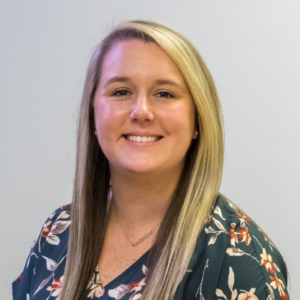Today, we’re going to delve into the world of Chronic Obstructive Pulmonary Disease, or COPD for short. COPD is a common respiratory condition that affects millions of people worldwide. According to the American Lung Association, COPD affects 12.5 million people in the United States alone and results in emergency room visits for millions each year. Additionally, the financial impact of COPD on the American healthcare systems is in the billions of dollars every year.
Here at Innova Primary Care we believe in empowering our patients. Our commitment to renewing healthcare from the inside out means that we educate and inform our patients so they can take charge of their care and be active in their own health.
In this blog, we’ll break down what COPD is, its causes, the symptoms you should look out for, and most importantly, the effective treatments available. So, let’s jump right in!
What is COPD?
COPD is a chronic lung disease that obstructs airflow, making it difficult for individuals to breathe properly. It is actually an umbrella term that includes two main conditions: chronic bronchitis and emphysema. While smoking is the primary cause of COPD, long-term exposure to lung irritants such as air pollution, chemicals, and dust can also contribute to its development.
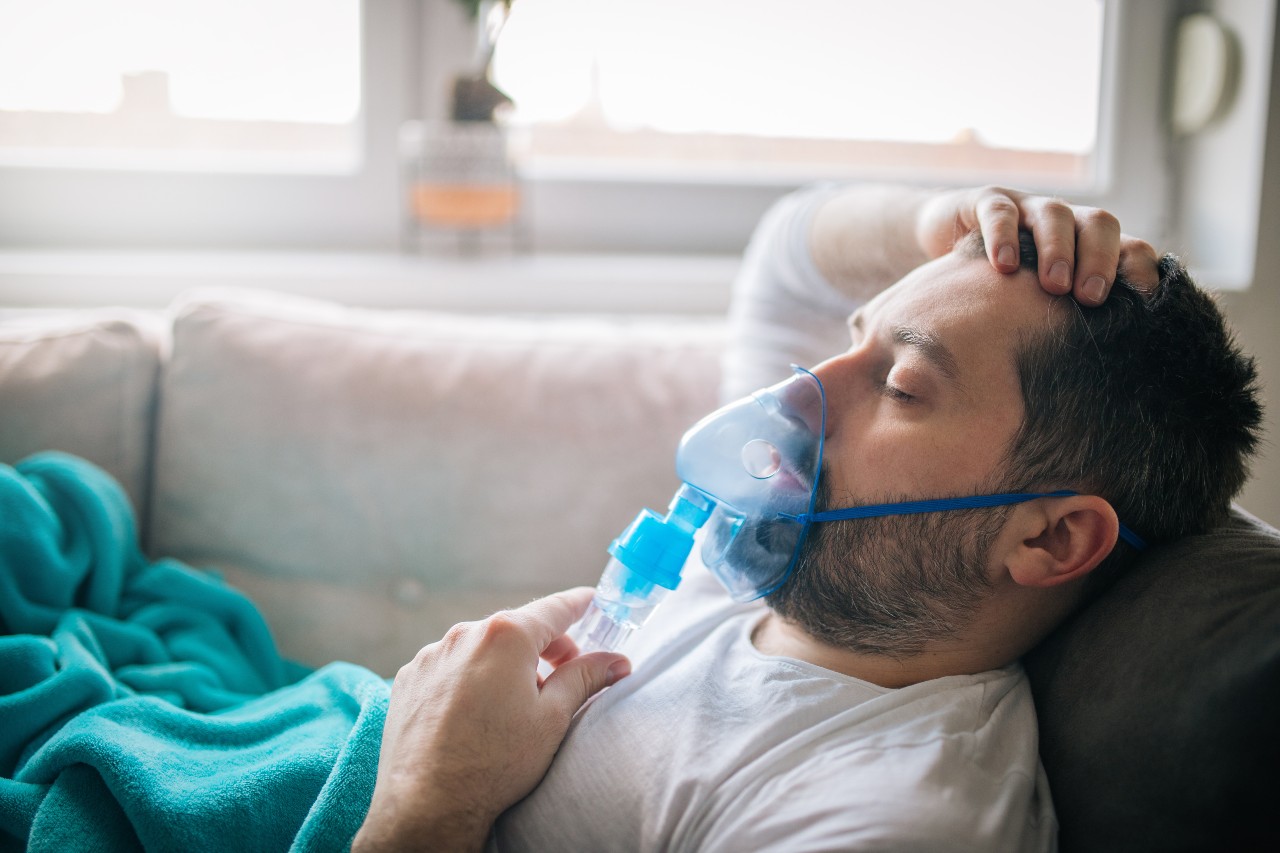
Understanding the Symptoms
If you suspect you or a loved one might have COPD, it’s crucial to recognize the common symptoms. These may include:
Shortness of Breath: Feeling breathless during physical activities or even at rest is a typical COPD symptom. As the condition progresses, shortness of breath can significantly impact one’s quality of life. You may find yourself struggling to catch your breath or feeling like you can’t take in enough air.
Chronic Cough: A persistent cough that produces mucus is another common sign. This cough is often worse in the morning and tends to linger for weeks or months. If you have COPD, you might notice that your cough becomes more frequent and severe over time.
Wheezing: COPD can cause a whistling or squeaky sound while breathing. Wheezing occurs due to the narrowing of airways, resulting in air turbulence. It can be heard when exhaling or inhaling and is a clear indication of airway obstruction.
Chest Tightness: Some individuals with COPD experience a sensation of tightness or heaviness in their chest. This feeling can be distressing and may come and go. Chest tightness is often accompanied by shortness of breath and can cause significant discomfort.
Fatigue and Lack of Energy: COPD can lead to fatigue and a general lack of energy due to the extra effort required to breathe. As a result, everyday tasks may become more challenging, and individuals may feel drained and exhausted.
Effective COPD Treatments:
While there is currently no cure for COPD, there are various treatments available to manage its symptoms and slow down its progression. Let’s explore some of the most effective treatment options:
Medications:
Bronchodilators: These medications help relax the muscles around the airways, making breathing easier. They can be short-acting or long-acting, depending on the severity of symptoms. Bronchodilators are usually taken through inhalers or nebulizers.
Inhaled Corticosteroids: Used to reduce airway inflammation, these medications are typically prescribed for individuals with more advanced COPD or frequent exacerbations. They are often combined with bronchodilators for better control of symptoms.
Pulmonary Rehabilitation:
This comprehensive program combines exercise, breathing techniques, and education to improve lung function and overall well-being. It is tailored to individual needs and often leads to increased exercise capacity and better quality of life. Pulmonary rehabilitation can also help individuals learn techniques for managing breathlessness and optimizing their lung function.
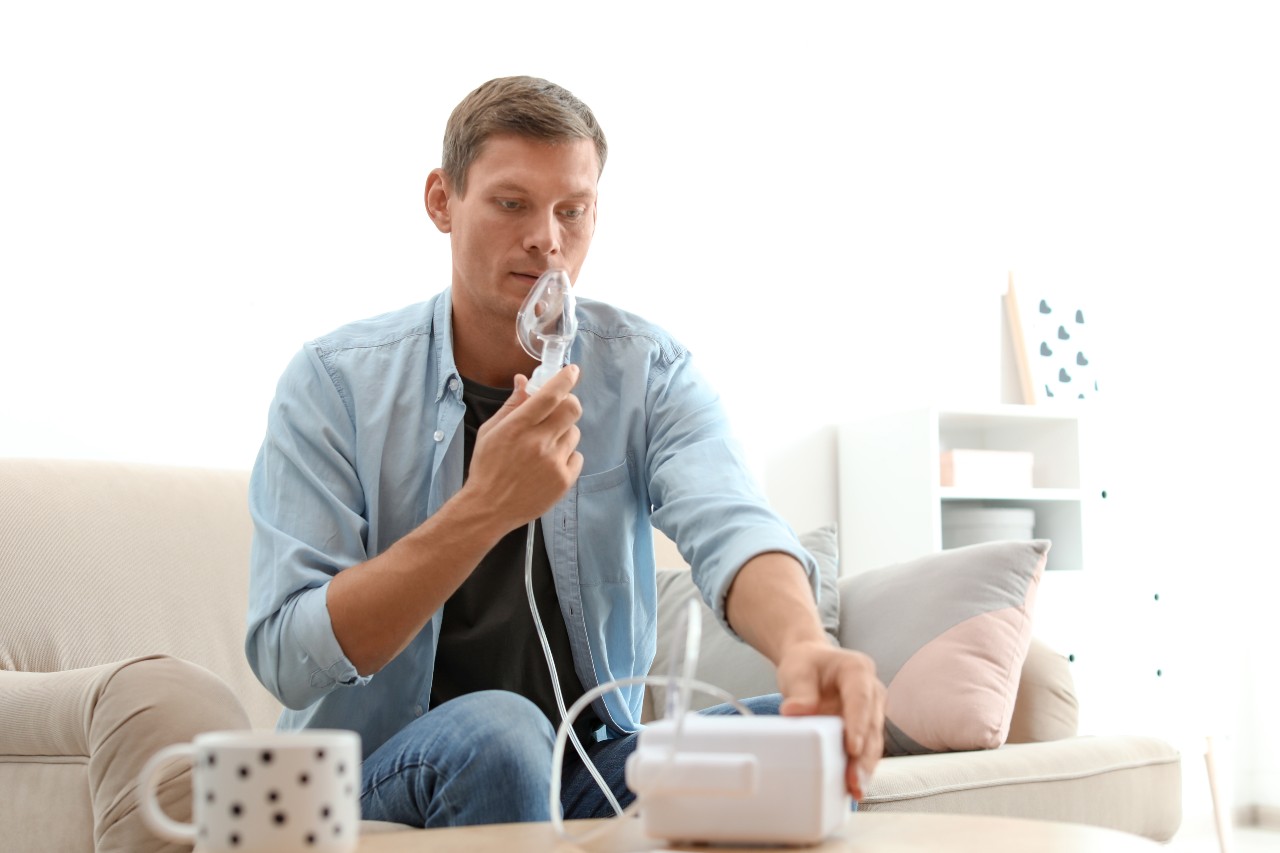
Oxygen Therapy
In cases where the oxygen levels in the blood are low, supplemental oxygen can be provided. This therapy helps alleviate shortness of breath, increases energy levels, and improves sleep quality. Oxygen therapy can be delivered through portable oxygen concentrators or oxygen tanks.
Surgical Interventions
In severe cases, surgical options like lung volume reduction surgery or lung transplantation may be considered. These procedures aim to remove damaged lung tissue or replace the entire lung, respectively. However, surgical interventions are typically reserved for individuals with advanced COPD who have not responded well to other treatments.
Lifestyle Changes:
Quitting smoking is the single most important step in managing COPD.
It helps slow the disease progression and reduces the risk of exacerbation. If you’re a smoker, reaching out to smoking cessation programs, support groups, or healthcare professionals can provide valuable guidance and assistance.
Avoid lung irritants
Irritants such as secondhand smoke, air pollution, and occupational hazards can exacerbate COPD so avoiding them is crucial for managing COPD. By minimizing exposure to these triggers, you can reduce symptoms and maintain better lung health.
Engaging in regular physical activity, as tolerated, can help improve lung function and overall fitness. It’s important to consult with a healthcare professional before starting any exercise program to ensure it is suitable for your specific needs.
Living with COPD can be challenging, but with the right treatment and support, individuals can lead fulfilling lives. If you or someone you know is experiencing symptoms like chronic cough, shortness of breath, wheezing, or chest tightness, it’s essential to consult a healthcare professional for a proper diagnosis and appropriate treatment plan. Remember, early detection and timely interventions can make a world of difference for individuals with COPD.
Stay informed, take care of your lungs, and breathe easy!

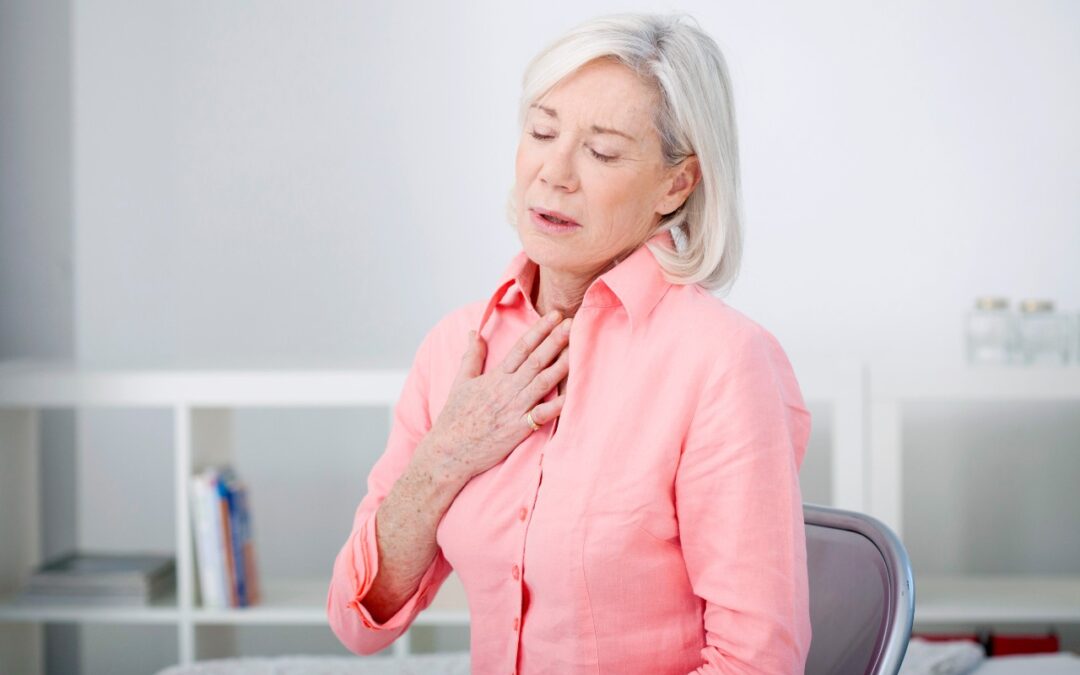

 About
About

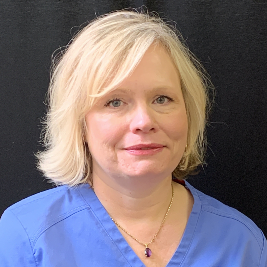 About
About About
About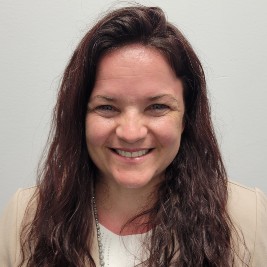 About
About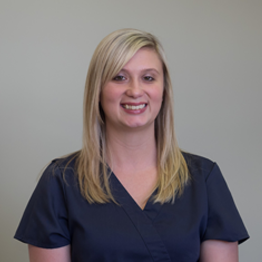
 About
About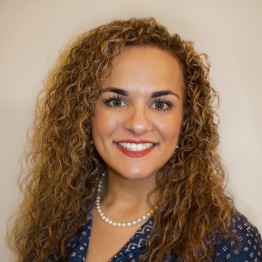 About
About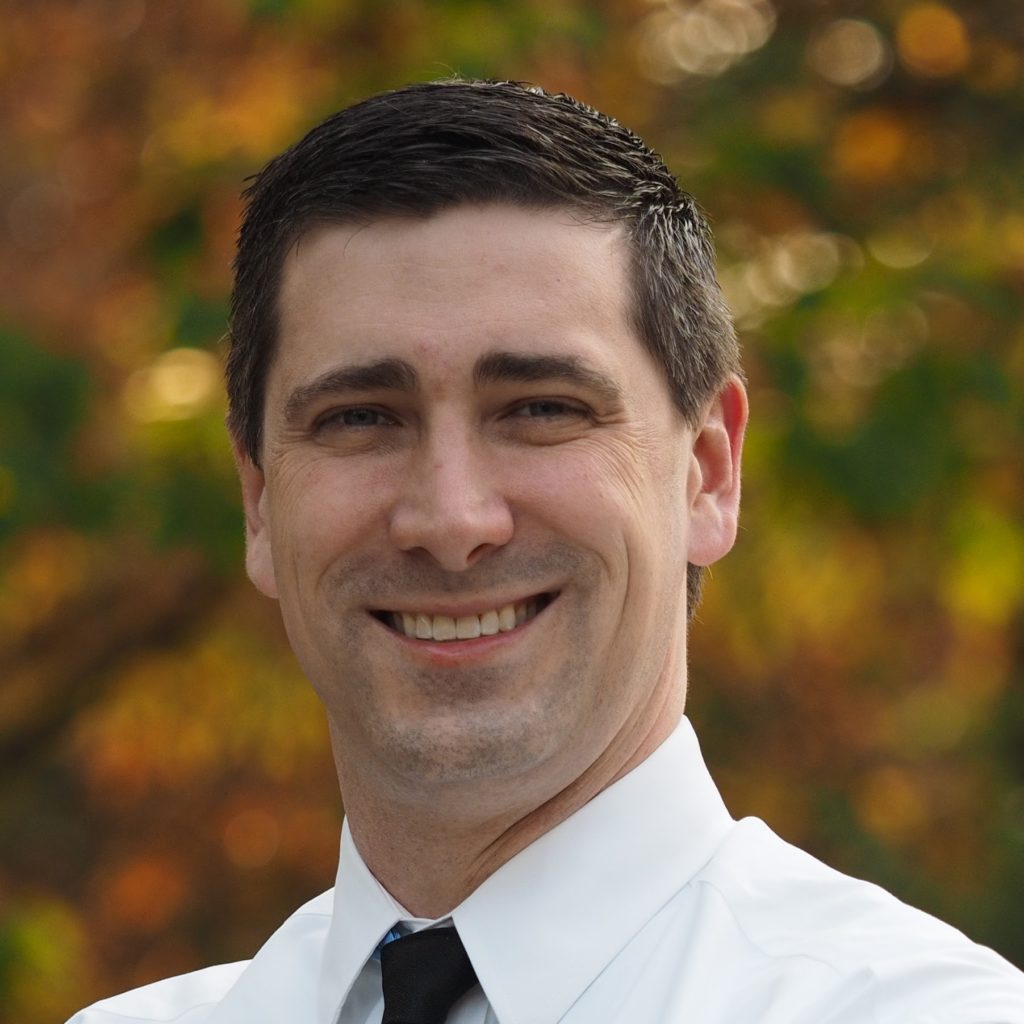

 About
About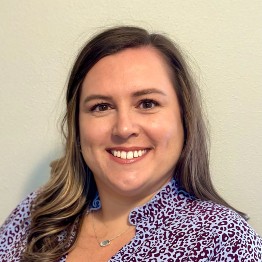 About
About About
About About
About



